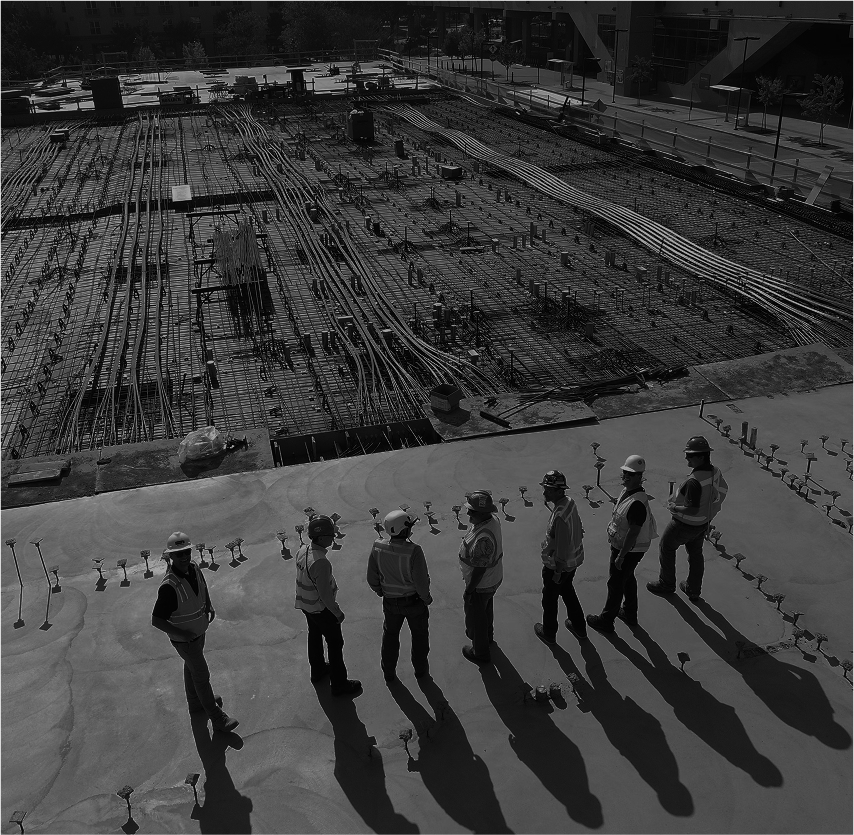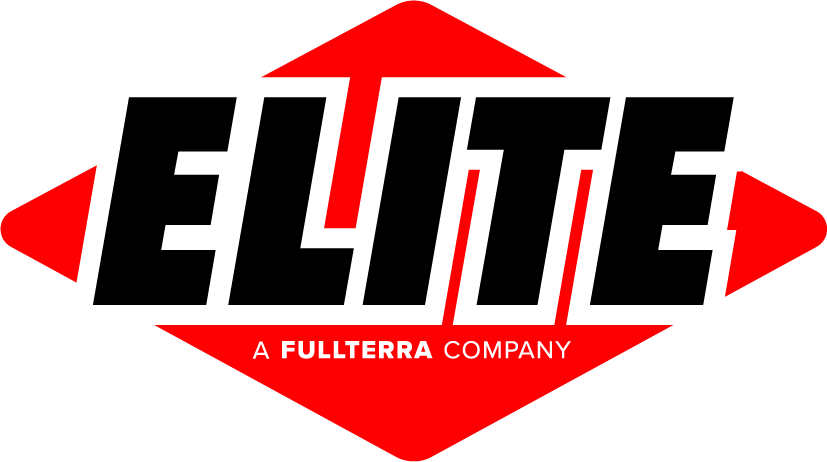Turn Depleted Sites into Opportunity

Defining Brownfields
Brownfield redevelopment offers a powerful way to revitalize underused or abandoned properties, transforming them into valuable community and business assets. With the right guidance and a strategic approach, these neglected sites can become economic engines and environmental success stories.
A brownfield is any previously developed property that has been abandoned, underutilized, or potentially contaminated due to past industrial or commercial activity. While the term may conjure mental images of barren land, brownfields can also include buildings or infrastructure that have been overburdened by prolonged use or contain hazardous materials.
Common examples of brownfield sites include:
- Former gas stations and service stations
- Dry cleaning facilities
- Closed landfills or dumping grounds
- Vacant parking lots
- Decommissioned rail lines or depots
- Outdated factories and warehouses
- Abandoned car dealerships
- Obsolete recycling centers
These properties may present environmental challenges, but they also offer significant redevelopment potential when handled responsibly and with regulatory oversight.
Note: Brownfield development must follow a carefully regulated process that ensures environmental safety and community well-being. This includes assessments, remediation, permitting, and close collaboration with state and federal agencies. We offer vapor intrusion mitigation services to assist with the process.
Brownfield Redevelopment Requirements
To ensure environmental safety and compliance with regulatory standards, brownfield redevelopment must follow a series of structured steps. These include:
- Environmental Site Assessments (ESAs)
Phase I and Phase II ESAs identify potential or existing contamination and assess the level of environmental risk. These evaluations determine whether remediation is necessary and what approach should be taken.
- Remediation Strategies
If contamination is present, a detailed remediation plan must be created. This may involve soil excavation, groundwater treatment, removal of hazardous materials, or installation of long-term safety systems.
- Permits and Permissions
Developers must obtain approval from regulatory agencies, which may include environmental protection departments at the local, state, or federal level. This process ensures the redevelopment complies with applicable laws and safety standards.
- Reporting and Documentation
Thorough documentation is required at every step—from assessment to remediation to post-redevelopment monitoring. These reports provide transparency, demonstrate compliance, and may be necessary for grant eligibility or insurance coverage.
Why You Should Consider Brownfield Redevelopment
While many developers gravitate toward greenfields—undeveloped land with fewer regulatory hurdles—brownfields present unique and often overlooked advantages. Choosing to invest in these sites can provide both financial and societal returns.
Key Benefits of Brownfield Redevelopment
Community Revitalization: Breathing new life into a blighted property can spark economic growth and uplift neighborhoods.
Land Conservation: Developing brownfields reduces pressure on undeveloped land, helping to preserve natural habitats and open spaces.
Environmental Improvement: Cleaning up contaminated land improves soil, water, and air quality—not just on-site, but throughout the surrounding area.
Incentives and Grants: Many local, state, and federal programs offer financial support to help offset cleanup and redevelopment costs.
Job Creation and Economic Impact: Redevelopment projects often bring in new businesses and employment opportunities, stimulating local economies.
In short, brownfields offer a rare opportunity to create value from land that many see as too risky or neglected.
Who We Serve
- Aerospace & Defense
- Industrial, Pharmaceutical & Logistics Facilities
- New Residential Construction & Commercial Redevelopment
- Municipalities, Universities, Schools, and Hospitals
Contact Us for Brownfield Redevelopment Support
Don’t let a site’s history stop you from seeing its future potential. Brownfields represent a unique opportunity to invest in your community, improve environmental health, and build long-term value.
Reach out today to learn how we can help you secure funding, meet regulatory requirements, and turn a previously unusable site into a thriving project.
Let’s talk about your project.
What to Expect Next
Once your site has been assessed and remediated, you can begin transforming it into a productive, usable space. Depending on the site’s condition and past use, additional environmental safeguards may be required, such as:
Vapor Intrusion Mitigation Systems
These systems prevent harmful gases from entering buildings through the foundation or subsurface.
Air and Soil Monitoring
Ongoing environmental monitoring may be necessary to ensure that the site remains safe for future use.
Our team of environmental engineers and regulatory experts can help you implement these systems and navigate every step of the redevelopment process.

Part of the
FullTerra Family
Together with our sister companies, we provide comprehensive design-build-monitor solutions that protect properties and people across all 50 states.

Our California roots have grown into nationwide reach
As the environmental industry has grown, so have we. We’ve successfully designed and installed soil, groundwater, and vapor mitigation systems in 25 states, including California, Utah, Colorado, Arizona, New Mexico, and Nevada.
- Design / Installation
Designed and installed systems across the nation
- Offices
Corporate HQ in Irvine, CA with an office in San Ramon, CA

Complex sites require sophisticated solutions.
Join developers and property owners nationwide who trust us with their most challenging environmental projects.
Complex sites require sophisticated solutions.
Join developers and property owners nationwide who trust us with their most challenging environmental projects.







